OUR AUDIOLOGY CARE
When hearing changes or damage is identified, our Doctors of Audiology will evaluate the patient’s auditory system completely, help the patient to understand their condition further, and review the many aspects of the patient’s lifestyle so the patient can feel confident in their treatment selection for improvement. Our treatment options range from sound therapies, counseling, hearing instruments such as hearing aids or cochlear implants, Lenire for tinnitus management, and other assistive listening devices.
Our AUDIOLOGY SERVICES
- Comprehensive Hearing Tests
- Cochlear Implants & Bone Anchored Hearing Aids
- Cerumen Removal
- Custom Hearing Protection
- Sound Sensitivity and Misophonia
- VA Services
Custom hearing protection is a vital part of protecting your ears from loud and damaging noises. It provides a tailored fit that can help to reduce the risk of hearing loss, tinnitus, and other auditory issues. With custom hearing protection, you can enjoy all the activities you love without worrying about long-term damage to your ears. Whether you’re an avid hunter or musician, custom hearing protection can help keep your ears safe from harmful sounds. Investing in custom hearing protection is an important step towards preserving your long-term hearing health!
Custom hearing protection that we offer includes:
- Hunting/shooting
- Musician filtered plugs
- In-ear Monitors for musicians
- Environmental Reduction/Study filtered plugs
- Concert Music filtered plugs
- Custom ear-bud plugs for use with generic earbuds
- Sleep ear plugs
- Industrial ear plugs
- Comprehensive Hearing Tests
- Cochlear Implants & Bone Anchored Hearing Aids
- Cerumen Removal
- Custom Hearing Protection
- Sound Sensitivity and Misophonia
- VA Services
Custom hearing protection is a vital part of protecting your ears from loud and damaging noises. It provides a tailored fit that can help to reduce the risk of hearing loss, tinnitus, and other auditory issues. With custom hearing protection, you can enjoy all the activities you love without worrying about long-term damage to your ears. Whether you’re an avid hunter or musician, custom hearing protection can help keep your ears safe from harmful sounds. Investing in custom hearing protection is an important step towards preserving your long-term hearing health!
Custom hearing protection that we offer includes:
- Hunting/shooting
- Musician filtered plugs
- In-ear Monitors for musicians
- Environmental Reduction/Study filtered plugs
- Concert Music filtered plugs
- Custom ear-bud plugs for use with generic earbuds
- Sleep ear plugs
- Industrial ear plugs
HEARING DEVICE SERVICES
- Hearing Aid Evaluations
- Hearing Aid Fittings
- Hearing Aid Repair
- Clean and Check
- Assistive Listening Devices
- Hearing Aid Evaluations
- Hearing Aid Fittings
- Hearing Aid Repair
- Clean and Check
- Assistive Listening Devices
TYPES OF HEARING AIDS
When it comes to hearing aids, there is no one-size fits all option. Hearing aids come in many different sizes and fitting styles (how they attach to your ear). Today’s hearing aids are considered sleek, compact, and innovative – offering solutions to a wide range of hearing aid wearers. We work with the leading hearing aid manufacturers to ensure that our patients have the best choices available.
- Invisible in-the-Canal (IIC)
- Completely-in-the-Canal (CIC)
- In-the-Canal (ITC)
- Full Shell or In-the-Ear (ITE)
- Receiver In Ear (RIC)
- BTE with Earmolds
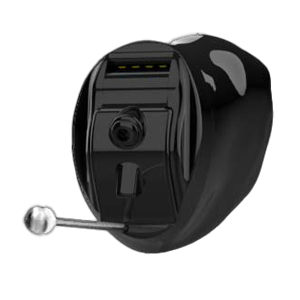
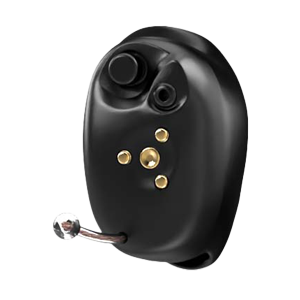
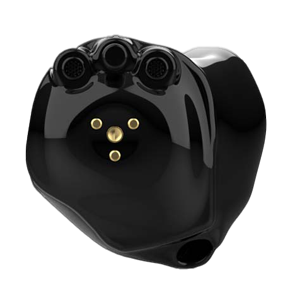
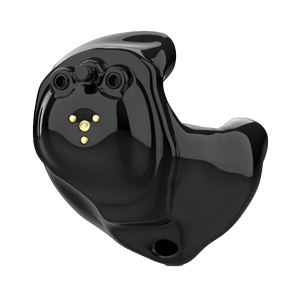
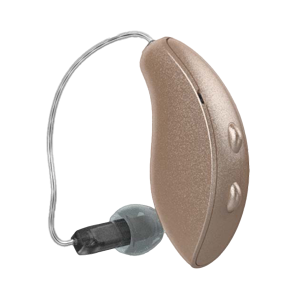
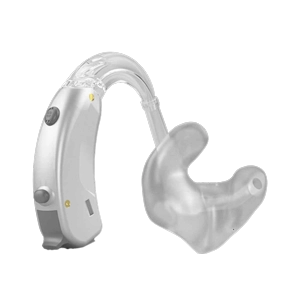
- Invisible in-the-Canal (IIC)
- Completely-in-the-Canal (CIC)
- In-the-Canal (ITC)
- Full Shell or In-the-Ear (ITE)
- Receiver In Ear (RIC)
- BTE with Earmolds







